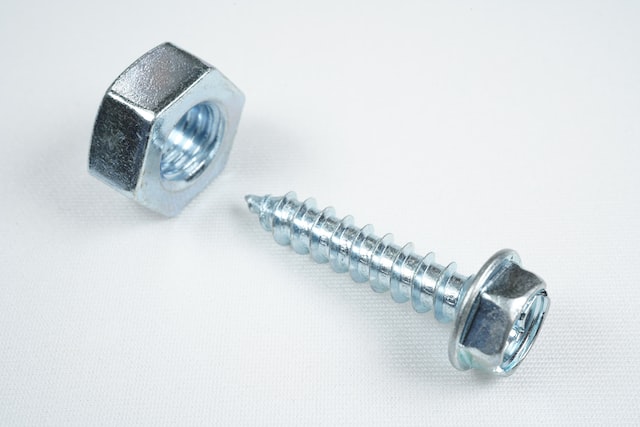Wood screws are made to operate as well as possible in a variety of woodworking tasks that include chipboard, hardwood, and MDF. Even little screws that have lower chances of splitting wood are available. However, if you’re working close to the end of the wooden component, you should drill a pilot hole before using the larger screws. Only for this reason should you be aware of the various types of wood screw that you might require for your upcoming DIY project at home.
Self-Drilling, Lubricated Wood Screws
People with extensive expertise working on various woodworking experiments may be aware that selecting the proper wood screws for a given operation can make all the difference in the world to the success or failure of their project. There are countless types of wood screws used in the industrial and construction sectors, each with a distinct function. For instance, oiled wood decking screws enable more rapid driving into outdoor decking. Self-drilling screws are yet another option for avoiding the hassle of drilling pilot holes. Even wooden screw variants exist that complement the mechanical properties of plastics.
Hex-Head And Strong Structural Wood Screws
The hexagonal depression on the heads of the Hex-Head wood screw allows for speedier drilling with minimal chance of slippage. When inserted and removed, these screws have reduced risks of stripping. On decks, floors, roofs, and various other load-bearing constructions, hex-head wood screws are frequently employed.
Compared to regular hexagonal-head screws, heavy-duty wood screws are made with a focus on handling larger loads. Wide washer heads with dual purposes are present on them. First of all, they do not penetrate the material very deeply, creating more space on the surface for the wood screw to fully grasp the substance.
Wood Screw With A Flathead
The lack of slanted edges on flathead wood screws allows for simple insertion into a material without the risk of splintering or breaking. Additionally, there is a lot of room for minimal and controlled stripping with these screws. They are the ideal tools for finishing wood projects. They have tight threading that enables a high level of grip and maximum withdrawal resistance.
Modern wood screw have aggressive threads and sharp tips, so no pilot holes are necessary. The preceding graphic makes it evident that there are numerous variations of these screws on the market. It should be noted, nonetheless, that each variety has a certain purpose and use. By understanding the specific benefits of different technologies, you can always choose wisely. Making the best choice of the wood screw will enable you to complete the trickiest DIY project at home in the most practical manner.














